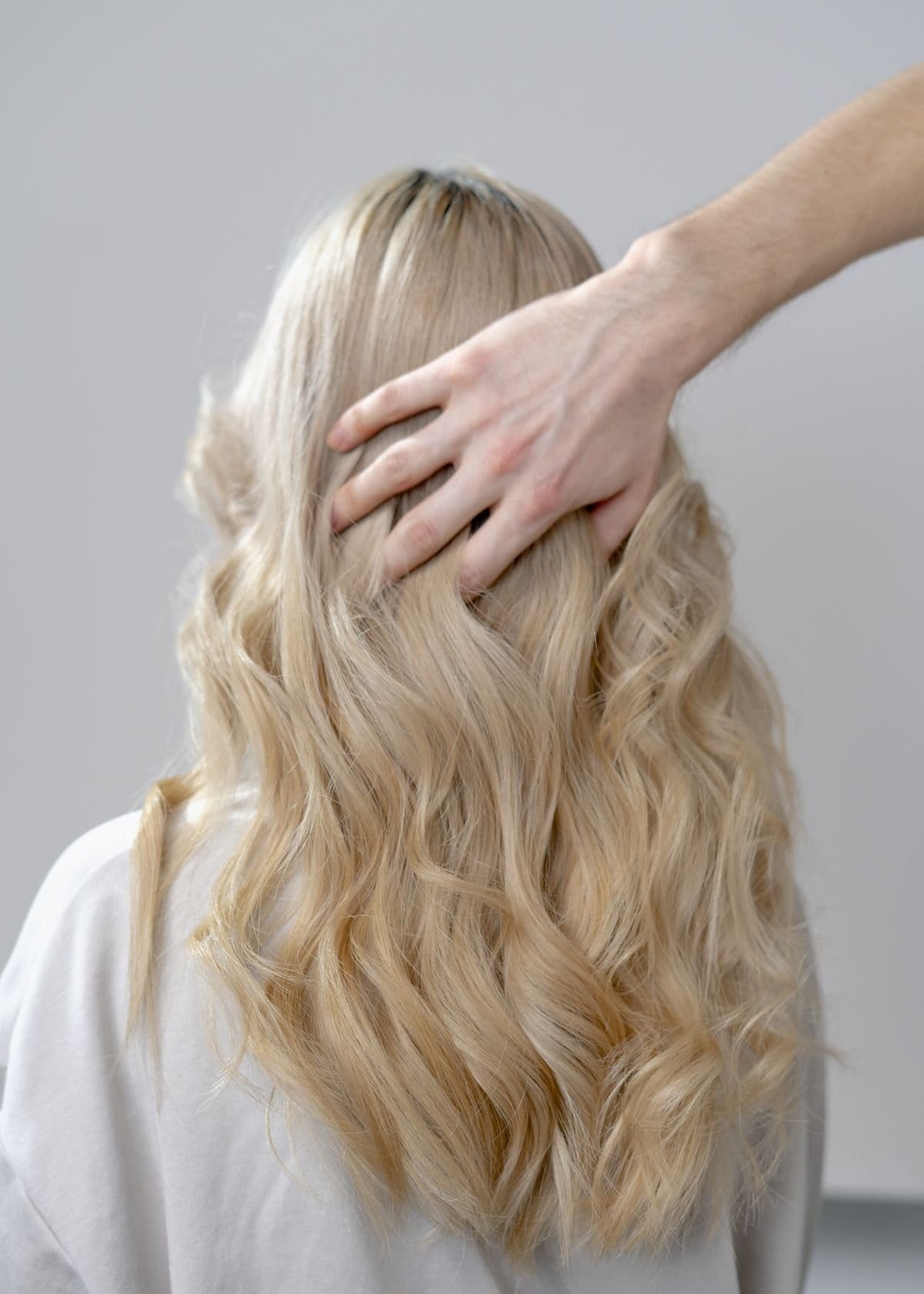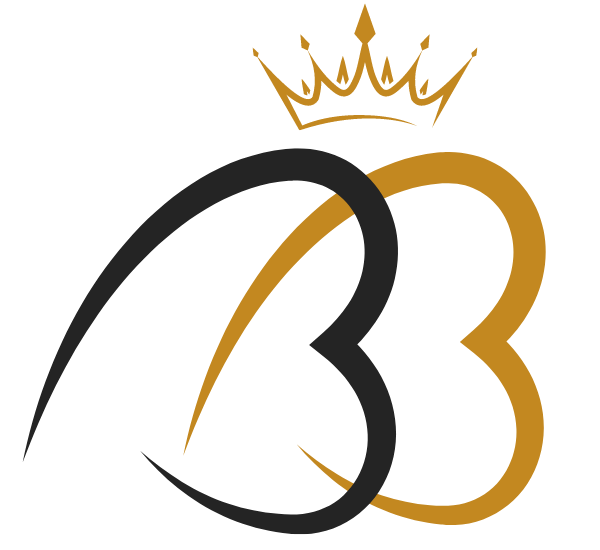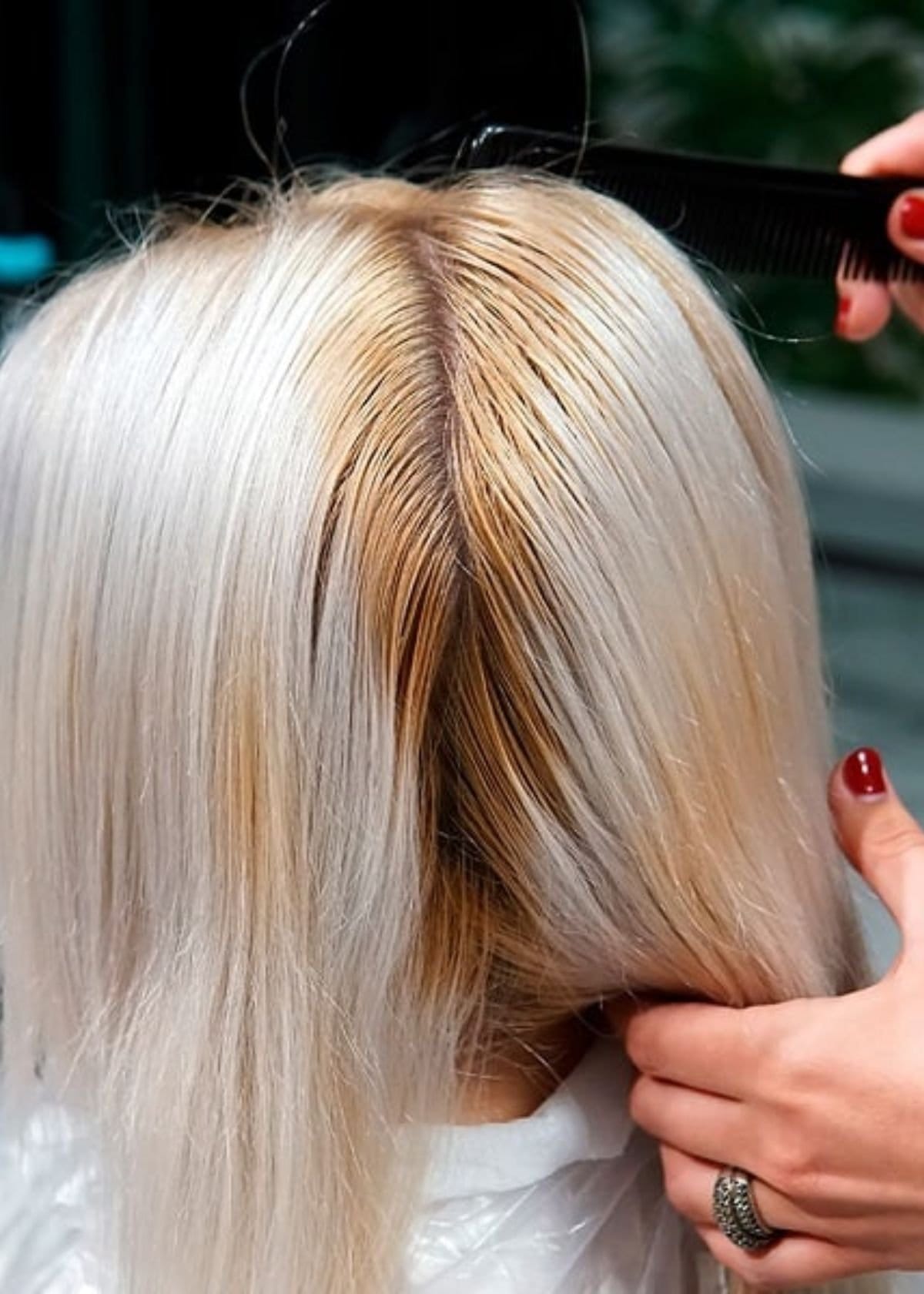Tackling uneven bleached hair can be a hair care challenge many face after undergoing the bleaching process. Uneven tones, typically characterized by patches of lighter or darker shades, arise when bleach is not evenly applied across all strands, leading to an outcome that falls short of expectations.
The role of toner in managing this issue is critical as it helps balance out the color differences by reducing brassiness and promoting a more uniform appearance across all hair sections.
Discover how you can address uneven bleached hair effectively through both immediate fixes and safer long-term strategies.
- Toner helps smooth out color inconsistencies in bleached hair, making it look more even and polished. It's important to choose the right type of toner for your hair condition to avoid further damage.
- Before using a toner, consider quick fixes like dyeing with a darker shade or carefully reapplying bleach to uneven areas if needed. This can quickly address patchiness without waiting for slower treatments.
- Using toning shampoo or a blue shampoo regularly is a safer way to gradually neutralize unwanted tones and balance your hair color. Make sure not to overuse it and pair it with nourishing products to keep your hair healthy.
- It's crucial to let your hair heal before attempting any further dyeing after bleaching. Waiting allows you to treat your hair with nourishing treatments, preparing it better for future coloring processes.
- Prevent uneven bleached hair by correctly mixing and applying bleach from the start and using nourishing post-bleach care products. These steps help maintain healthier, evenly colored locks.
What Are Uneven Bleached Hair?
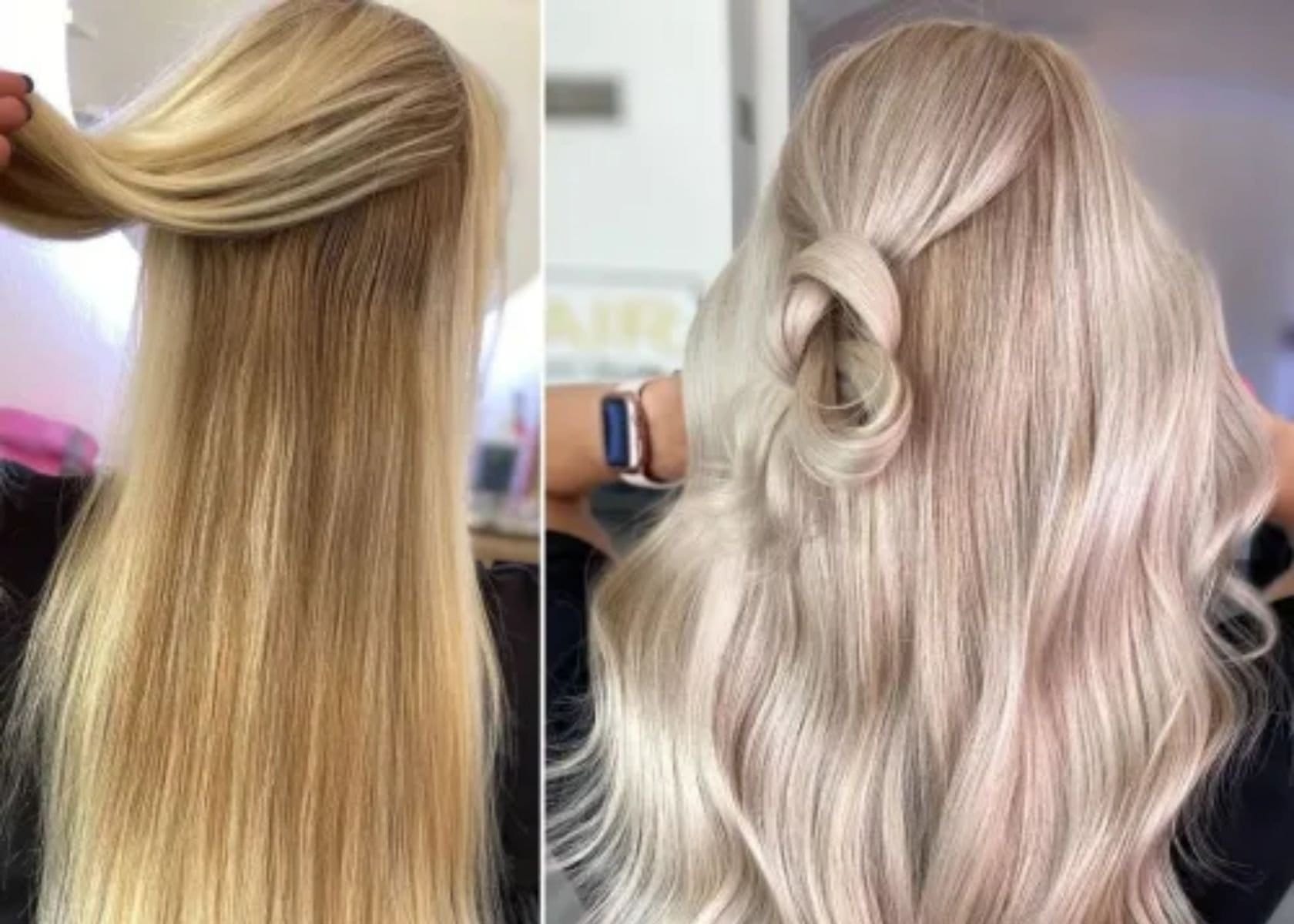
Uneven bleached hair happens when bleach does not evenly lighten your dark hair, resulting in patches or streaks that are lighter or darker than others. This can occur for several reasons, such as improper application of the bleach, using expired or poorly mixed products, or even differences in hair porosity across your head.
Hair porosity affects how your locks absorb and retain moisture, including bleach. Areas with higher porosity might lighten faster and become more damaged, while less porous sections resist the bleaching process, contributing to uneven color.
Fixing this mishap requires a careful approach because bleached hair is super dry and susceptible to further damage. Opting for toner can help neutralize unwanted brassiness and assist in balancing uneven tones caused by the initial bleaching process.
However, it's essential to choose the right type of toner to avoid aggravating the problem; not all toners work well on extremely lightened or damaged strands. Additionally, applying toner correctly plays a crucial role—misapplication could lead to another round of uneven color rather than solving it.
Quick Fixes for Uneven Bleached Hair
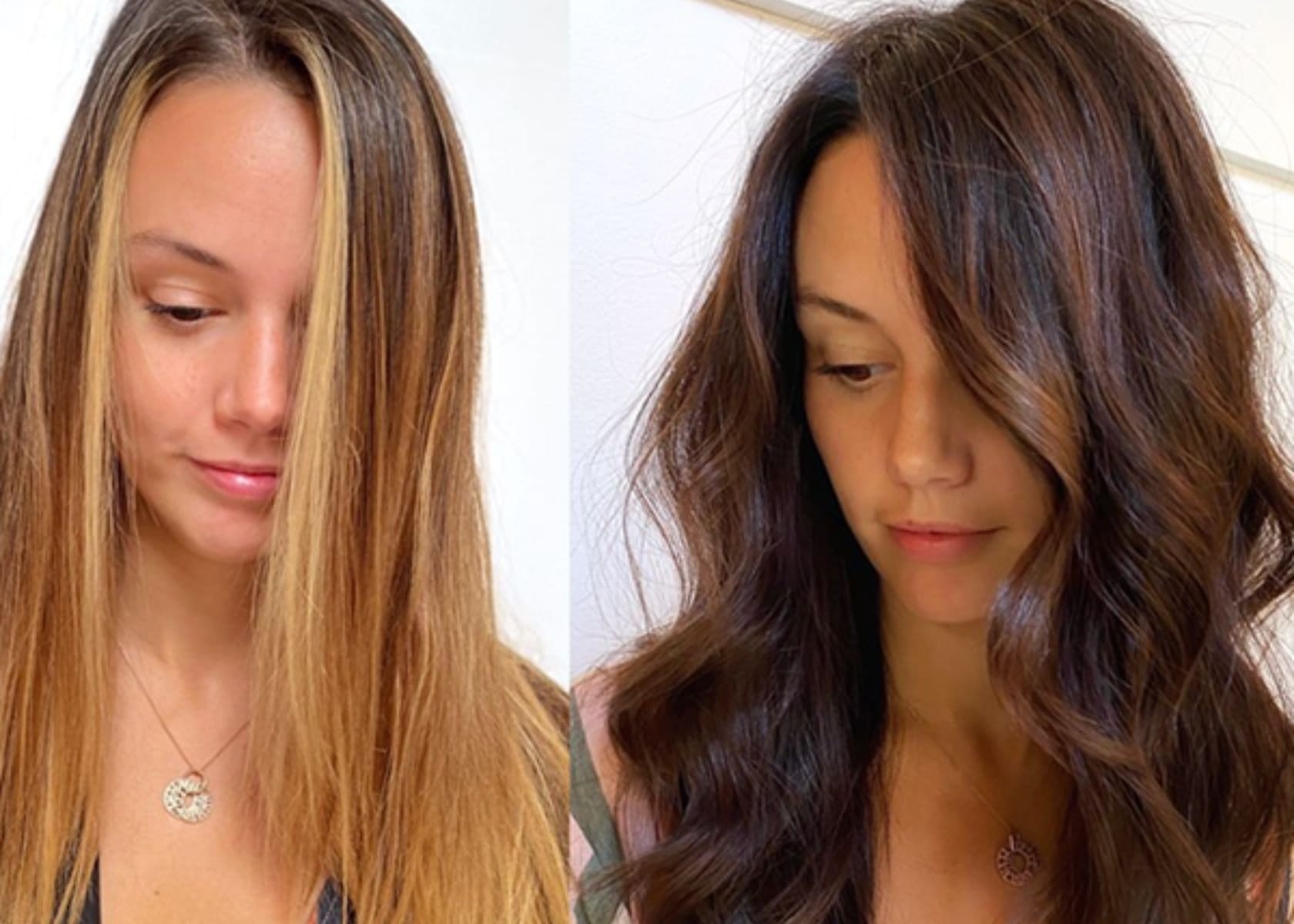
Dyeing with a darker shade can help even out patchy bleached hair, giving it a more uniform appearance. Reapplying bleach selectively to uneven areas could also balance out the color for a more consistent look.
Dyeing with a darker shade
Dyeing your hair with a darker shade is one DIY solution to even out unevenly bleached hair. A darker hair color can help neutralize any patchiness or unevenness caused by the bleach, giving your natural hair a more balanced and consistent look.
When dyeing with a darker shade, it's important to consider the current condition of your hair and choose a nourishing dye that will help minimize further damage. By opting for a darker shade, you can effectively counteract the unwanted tones and achieve a more uniform color.
Using a darker shade of dye to balance out unevenly bleached hair is also a quicker solution compared to waiting for the hair to heal on its own. This method allows you to address the issue directly without having to rely solely on toning shampoos or other slow-acting treatments.
Reapplying Bleach
If dyeing with a darker shade does not provide the desired result, reapplying bleach is another option to consider. However, it's essential to proceed with caution as reapplying bleach can further damage already compromised hair. If you have green hair strands lingering around your bleached hair, you can fix them easily by bleaching hair masks.
It's crucial to assess the condition of your hair and consult with a professional before attempting to reapply bleach. Keep in mind that over-processing can lead to severe damage and breakage, so it's best to err on the side of caution when considering this method.
Bleaching should only be done after carefully assessing the current state of your hair, considering its strength and resilience. Additionally, using nourishing treatments and products beforehand can help prepare your hair for the process while minimizing potential damage.
A Slower, Safer Solution
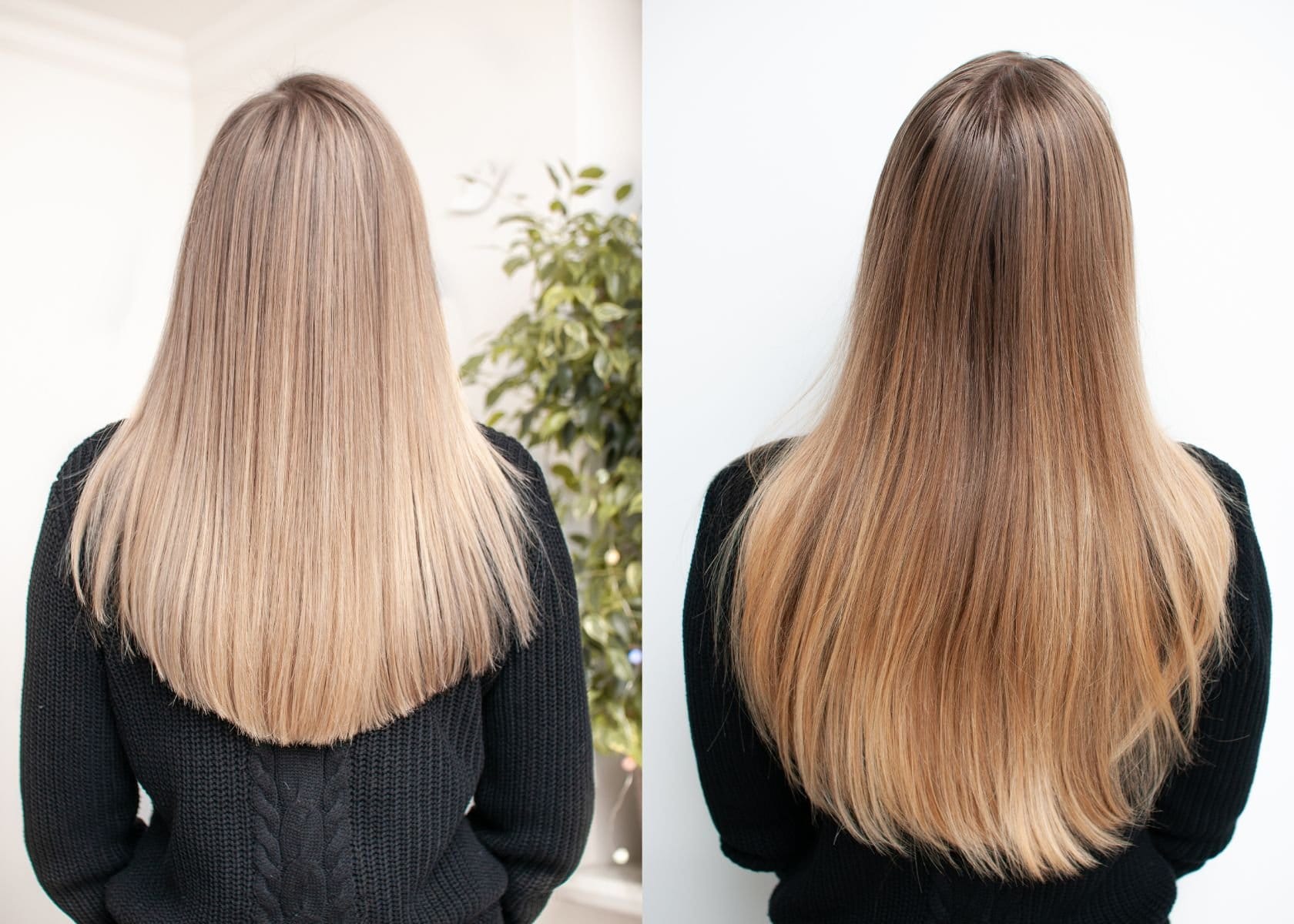
Using toning or purple shampoo regularly can help neutralize and fix uneven hair color, giving it a more uniform appearance. It's important to allow the sun-kissed orange hair to heal before attempting any further dyeing, as this will prevent further damage and promote healthier results.
Using Toning Shampoo
Toning shampoo can help to neutralize and balance out uneven hair color after bleaching. It works by depositing small amounts of color onto the hair, helping to diminish any brassy or uneven tones.
When choosing a toning shampoo, look for one that is specifically formulated for your darker hair dye, whether it's blonde, brunette, or silver. Apply the toning shampoo evenly throughout damp hair and leave it on for the recommended time before rinsing thoroughly.
The toner will help even out your hair's color and give it a more consistent appearance.
It's essential to use toning shampoo carefully to avoid over-toning or causing further damage to already fragile bleached hair. Overuse of toner can lead to an unnatural hue if not applied correctly.
Wait for Hair to Heal Before Dyeing
To achieve the best results when dyeing unevenly bleached hair, it's crucial to allow the hair to heal before applying any more color. Bleached hair is often dry and damaged, so giving it time to recover can prevent further harm.
The waiting period allows for nourishing treatments and deep conditioning to restore moisture and strength to the hair, ensuring a healthier foundation for the next coloring process.
During this healing phase, using toning shampoos can help neutralize any unwanted brassiness or uneven tones in the bleached hair. Additionally, continuing with a gentle care routine that includes nourishing products can aid in improving the overall condition of the hair, preparing it for successful future coloring endeavors.
Preventing Uneven Bleached Hair
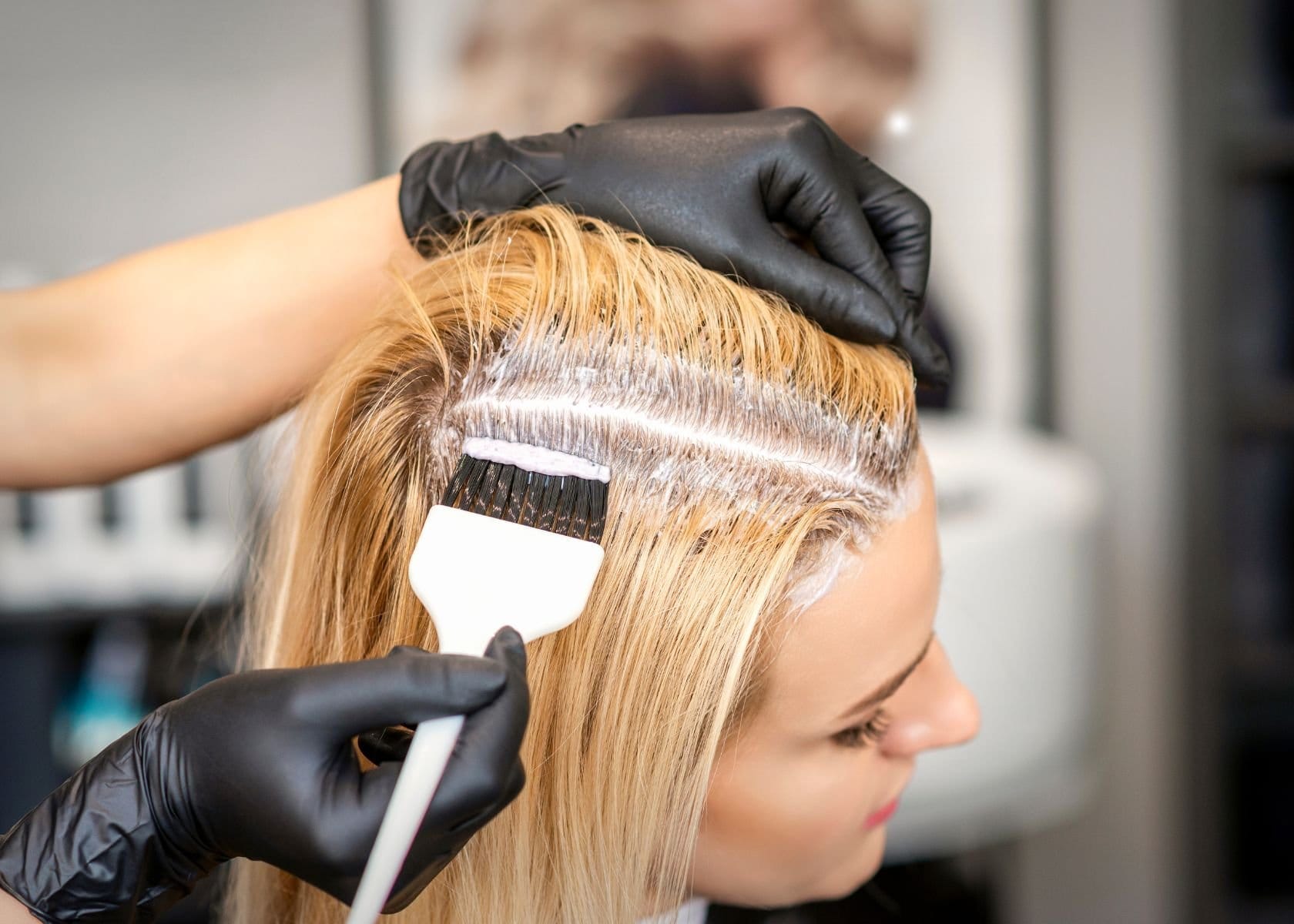
Properly mix and apply bleach to ensure even coverage. Use nourishing products after bleaching to maintain hair health.
Properly Mix and Apply Bleach
To properly mix and apply bleach, start by carefully following the instructions on the product label to get the right consistency. Use a non-metallic bowl and brush for mixing as metal can react with the bleach.
Section your hair evenly before application to ensure thorough coverage and even results. Wear gloves to protect your hands from irritation or chemical burns during the process. Apply the bleach mixture evenly, starting from the mid-lengths of your hair and working towards the ends, then onto the roots, keeping it 1/4 inch away from your scalp.
After applying the bleach, monitor its progress frequently to avoid over-processing which may cause damage. Ensure that you rinse out all traces of bleach thoroughly once processing is complete using a gentle shampoo followed by a nourishing conditioner for added hydration and protection.
Use Nourishing Products After Bleaching
After bleaching, it is crucial to use nourishing products to replenish moisture and nutrients in the hair. Bleaching can leave the hair dry and damaged, so using a deep conditioner or hair mask enriched with hydrating ingredients like coconut oil, argan oil, or shea butter can help restore its health.
These nourishing products can also help reduce breakage and improve the overall texture of bleached hair.
Furthermore, applying a leave-in conditioner or serum after bleaching can provide an extra layer of protection and hydration for the hair. Look for products that contain keratin or protein to strengthen the strands and minimize frizz.
Nourishing oils such as almond oil or jojoba oil can also be beneficial in keeping bleached hair smooth and manageable.
In addition to conditioning treatments, incorporating a sulfate-free shampoo into your routine can help maintain color vibrancy while gently cleansing the hair without stripping away essential oils.
Will Toner Fix Uneven Bleached Hair? - FAQs
Bleaching your hair can be a tricky process, and it's not uncommon to end up with uneven or brassy tones. If you've found yourself in this situation, you may be wondering if using a toner can help correct the issue.
In this FAQs section, we'll address some of the most common questions about using toners to fix uneven bleached hair, including what a toner is, how it works, and whether it's the right solution for your hair concerns.
What does hair toner do for unevenly bleached hair?
Hair toner helps in balancing uneven hair color, neutralizing brassy tones, and evening out the overall appearance of bleached hair.
Can using a toner correct blotchy or patchy bleached hair?
Yes, applying the right type of toner can significantly fix blotchy or patchy areas by correcting splotchy colors and restoring harmony to your hair's appearance.
Are there DIY solutions for fixing uneven bleached hair at home?
Indeed, there are DIY solutions that involve using certain types of toners and other household items designed for hair care to help fix unevenly bleached hair.
How can I prevent my bleached hair from getting damaged when using a toner?
To avoid further damage, ensure you choose a gentle toner suitable for your specific type of dyed and treated hair, and always follow up with proper aftercare treatments.
Conclusion
Toner can effectively even out the color of bleached hair, offering a polished and consistent look. The strategies provided are practical, easy to implement, and offer efficient solutions for unevenly bleached hair.
How might you incorporate toner into your routine to resolve blotchy or patchy bleached hair? Let us know in the comments below.
Read More About Toning Bleached Hair
